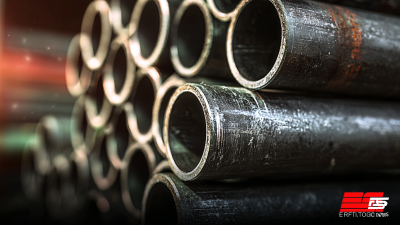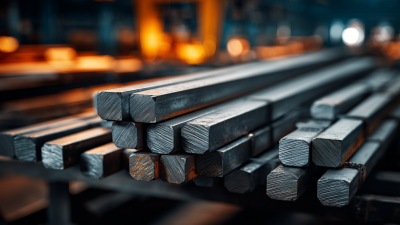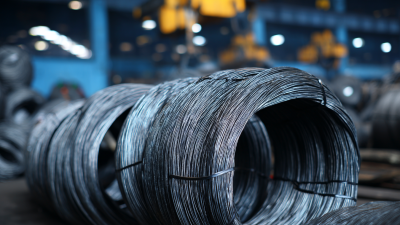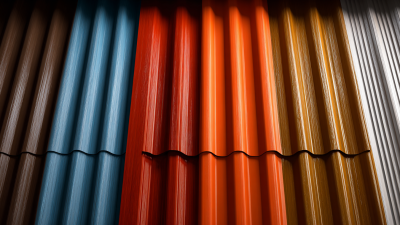Leave Your Message
-
Phone
-
E-mail
-
Whatsapp
When embarking on a construction or manufacturing project, selecting the appropriate materials is essential for ensuring both quality and efficiency. Among the various options available, Erw Steel Pipe stands out as a versatile and reliable choice for a wide range of applications.
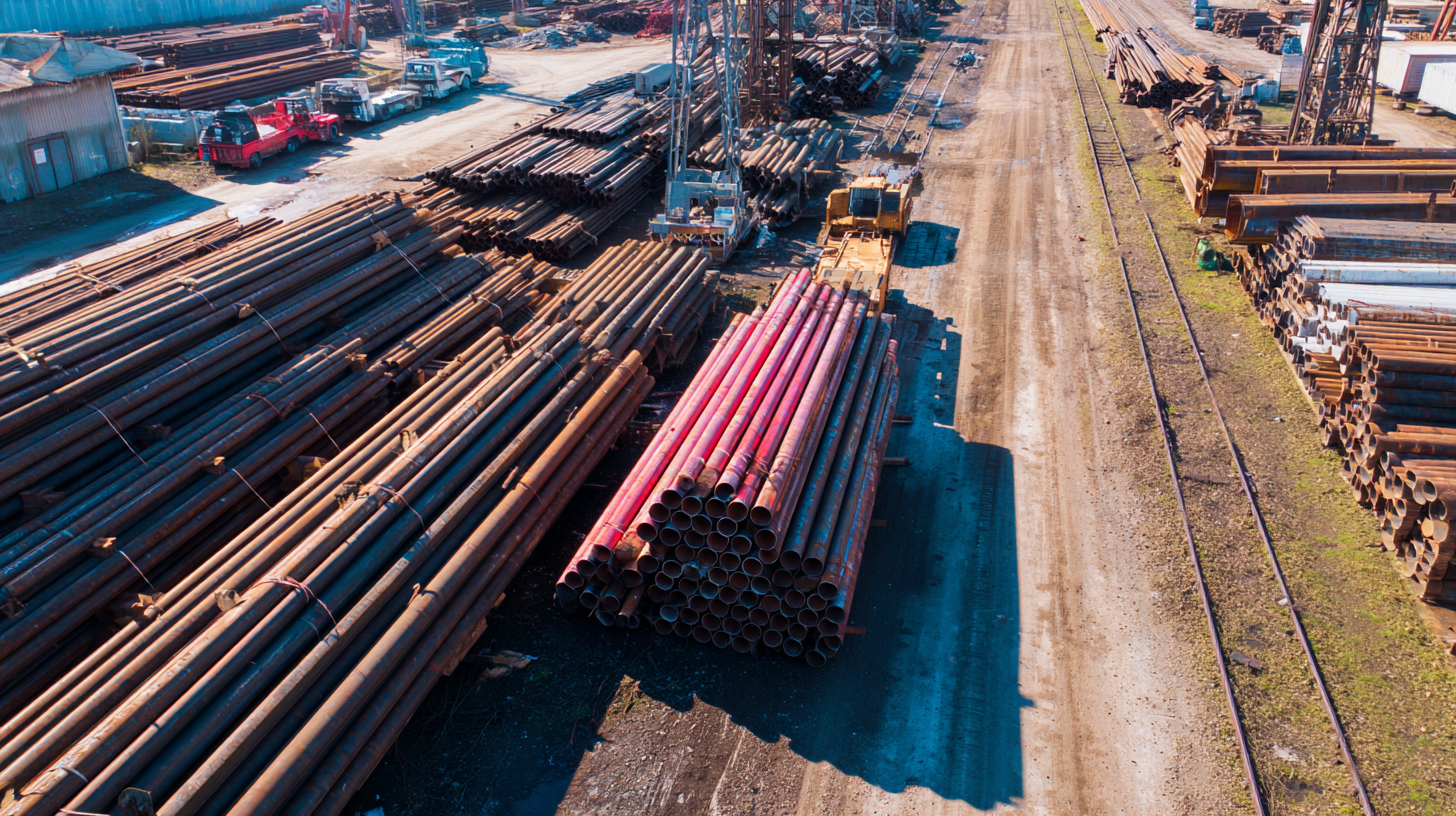 However, with numerous types and specifications of Erw Steel Pipe on the market, it is crucial to understand the specific requirements of your project before making a decision. Factors such as pipe size, wall thickness, and intended use can significantly influence the performance of Erw Steel Pipe in different conditions.
This guide aims to provide insights and considerations that will help you navigate the selection process, ensuring that your choice aligns perfectly with both the technical demands and budgetary constraints of your upcoming project.
By grasping the fundamental aspects of Erw Steel Pipe, you can enhance the overall durability and success of your endeavor.
However, with numerous types and specifications of Erw Steel Pipe on the market, it is crucial to understand the specific requirements of your project before making a decision. Factors such as pipe size, wall thickness, and intended use can significantly influence the performance of Erw Steel Pipe in different conditions.
This guide aims to provide insights and considerations that will help you navigate the selection process, ensuring that your choice aligns perfectly with both the technical demands and budgetary constraints of your upcoming project.
By grasping the fundamental aspects of Erw Steel Pipe, you can enhance the overall durability and success of your endeavor.
When selecting the right ERW (Electric Resistance Welded) steel pipes for your project, there are several key factors to consider. First and foremost is the material grade of the pipe. According to a report by the American Society for Testing and Materials (ASTM), the most commonly used grades such as A53, A106, and API 5L are crucial for ensuring the durability and structural integrity of the pipes under varying pressure conditions. Choosing a pipe that meets the specific grade needed for your application can significantly affect performance and safety.
Another essential factor is the pipe diameter and wall thickness. The Water Research Foundation indicates that the diameter can impact flow rates in fluid transport applications, while wall thickness affects the pipe’s ability to withstand external stress and internal pressure. For instance, in energy sector projects, using a thicker wall pipe can prevent failures from high-pressure environments, as highlighted in industry analyses. Additionally, considering the manufacturing standards, such as those set by the API and ISO, ensures that the ERW pipes meet rigorous quality assurance protocols, ultimately influencing project timelines and costs.
When choosing the right ERW (Electric Resistance Welded) steel pipe for your next project, it’s essential to understand the various grades and specifications available. ERW steel pipes are categorized based on several factors, including the material composition, yield strength, and application requirements. Common grades include API 5L for oil and gas pipelines, ASTM A53 for structural applications, and ASTM A500 for cold-formed structural tubing. Each grade serves specific industry needs, so selecting the appropriate one is crucial for ensuring durability and safety in your project.
Additionally, specifications play a significant role in determining the quality and suitability of ERW pipes. Factors such as wall thickness, pipe diameter, and coating types can impact performance under different environmental conditions. For instance, a thicker wall pipe may be necessary for high-pressure applications, while a corrosion-resistant coating might be required for pipeline projects in harsh environments. Understanding these specifications allows project managers to make informed decisions, ensuring that they select the right ERW steel pipe to meet both regulatory standards and performance expectations.
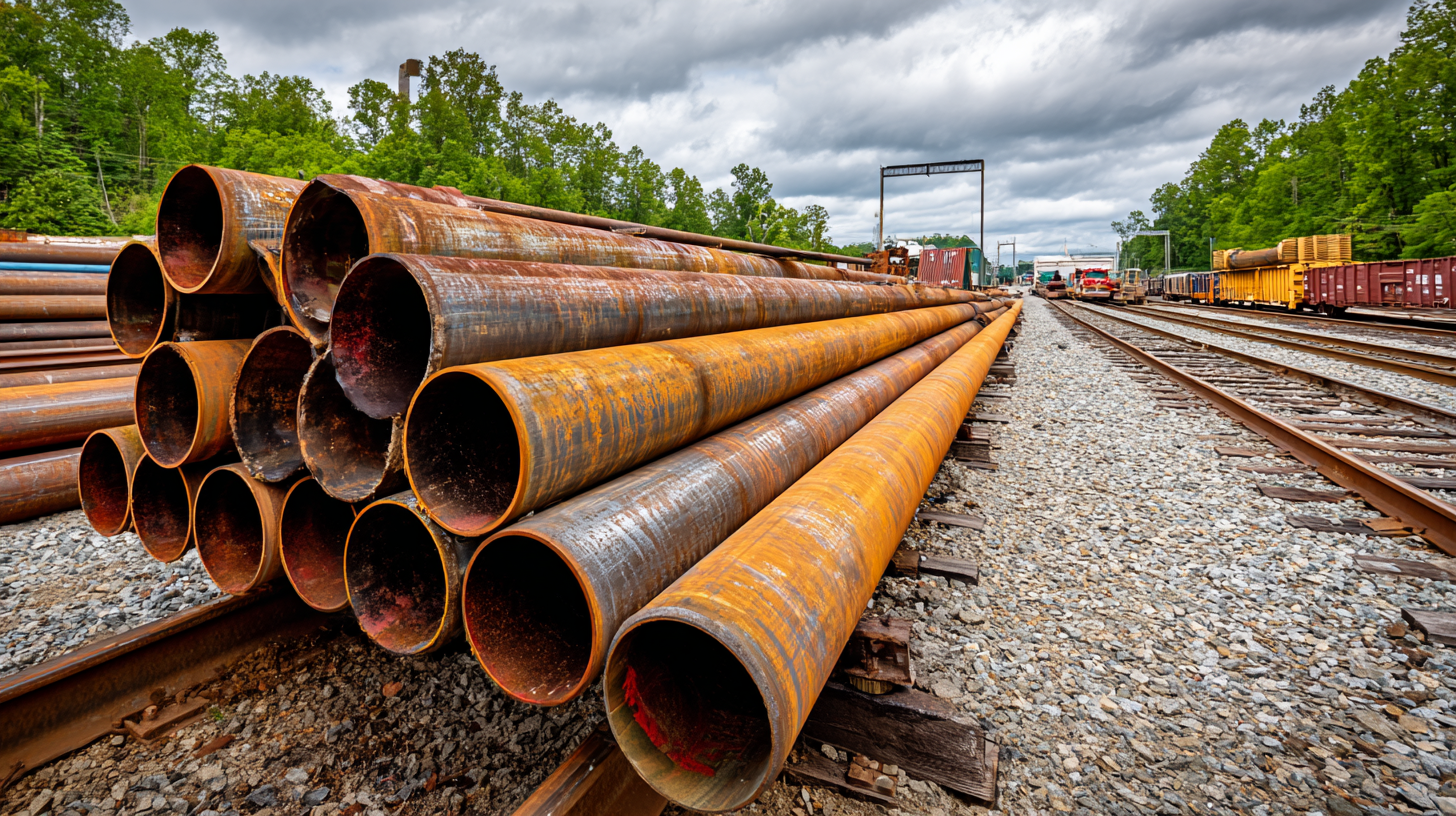
When selecting the right Erw steel pipe for your next project, accurate measurement and sizing are crucial to ensure that the pipes meet the required specifications and perform optimally. The first step is to determine the intended application of the pipe, as different projects may demand varying pressure ratings and material strengths. Understanding the yield strength development from raw steel plate to Erw pipe can significantly impact your decision-making, especially for high-strength applications.
Tips for measuring and sizing Erw steel pipes accurately include using precise tools such as calipers or tape measures to check the outer diameter, wall thickness, and length. It's also important to account for the internal diameter, especially if the pipe will carry fluids. Documenting any deviations from standard sizes is essential, as this can affect fitting compatibility and overall project integrity. Remember that consulting with suppliers about specific dimensions and tolerances will help in selecting the right pipes that align with your project requirements.
Choosing the right Erw steel pipe not only involves dimensions but also understanding the material characteristics, such as the yield strength that can determine its ability to withstand different environmental conditions. By considering these factors and utilizing proper measurement tools, you can ensure a successful outcome for your project.
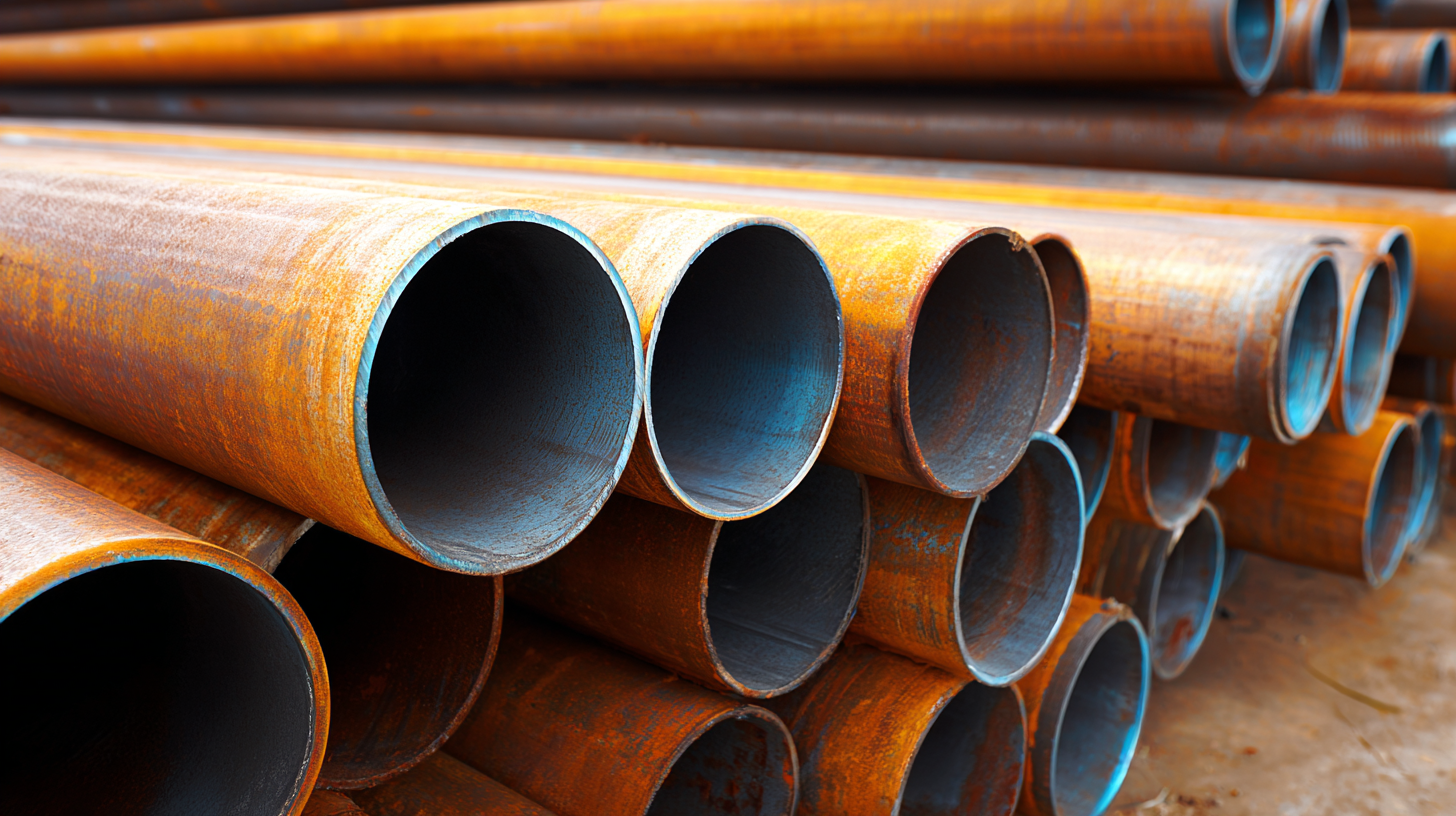 ERW (Electric Resistance Welded) steel pipes are widely used in various applications due to their strength and durability. Common applications include structural frameworks, water piping, and oil and gas transportation. In construction, ERW pipes serve as vital supports and conduits for essential services. Their ability to withstand high pressure makes them ideal for both underground and above-ground projects in industrial settings.
Furthermore, ERW pipes come in various sizes and wall thicknesses, making them versatile for different project specifications.
ERW (Electric Resistance Welded) steel pipes are widely used in various applications due to their strength and durability. Common applications include structural frameworks, water piping, and oil and gas transportation. In construction, ERW pipes serve as vital supports and conduits for essential services. Their ability to withstand high pressure makes them ideal for both underground and above-ground projects in industrial settings.
Furthermore, ERW pipes come in various sizes and wall thicknesses, making them versatile for different project specifications.
Best practices for using ERW steel pipes begin with proper selection based on the project’s requirements. Consider factors such as the medium being transported, pressure ratings, and environmental conditions. Installation should adhere to established guidelines, ensuring that joints are adequately welded and fittings are securely attached to prevent leaks.
Regular inspections are essential to maintain pipe integrity over time. Additionally, employing protective coatings can enhance resistance to corrosion, extending the lifespan of ERW pipes in handling challenging substances or operating in harsh environments.
When embarking on a project that involves Erw steel pipes, cost considerations should be at the forefront of your planning. According to a report from Grand View Research, the global steel pipe market is anticipated to exceed USD 300 billion by 2025, demonstrating a significant demand driven by both infrastructure development and construction industries. Understanding the different cost factors associated with Erw steel pipes, such as material quality, dimensions, and the manufacturing process, is essential to effective budgeting.
In particular, the cost per ton of Erw steel pipes can vary significantly based on specifications and market conditions. For instance, data from Statista indicates that the average price of steel round tubes has fluctuated between $700 and $900 per ton in recent years. Additionally, unexpected fluctuations in raw material costs can lead to budget overruns, making it crucial to conduct thorough research and forecasting. Incorporating a buffer into your budget can help mitigate these risks, ensuring that your project remains financially viable despite market volatility.
